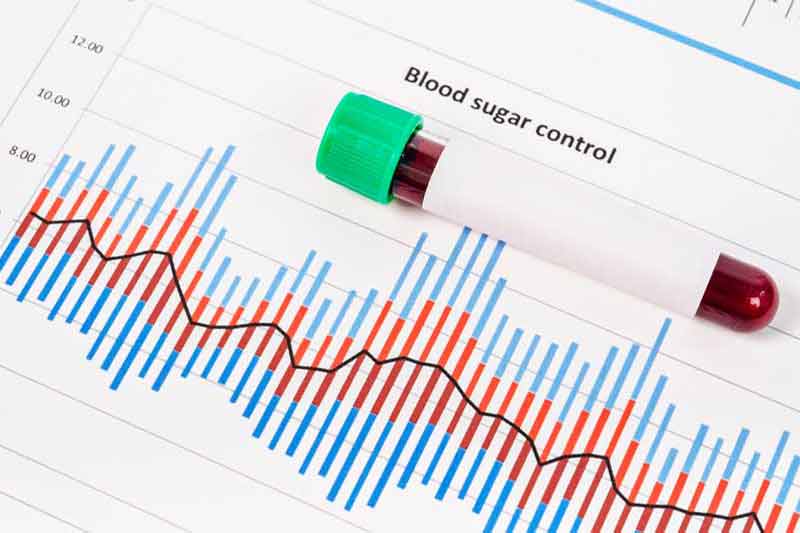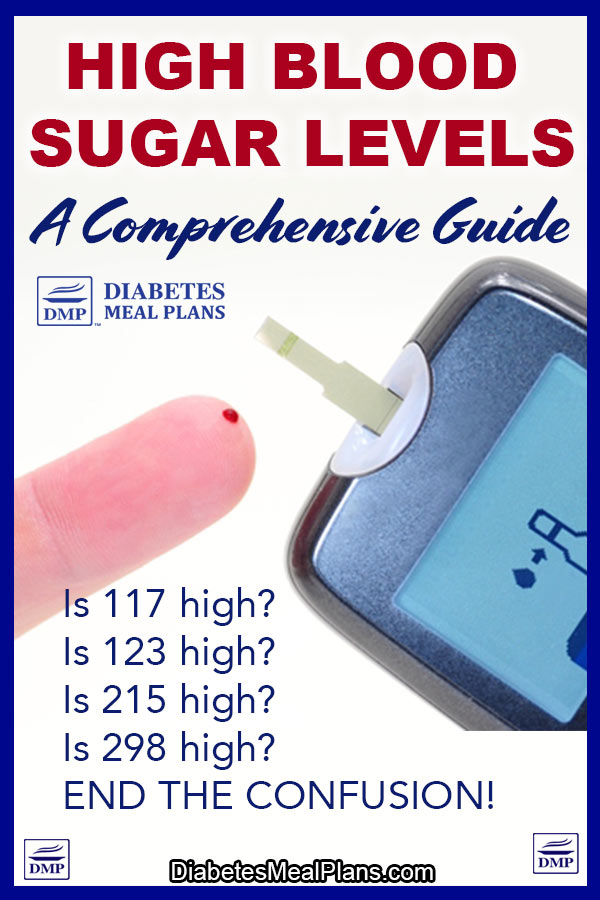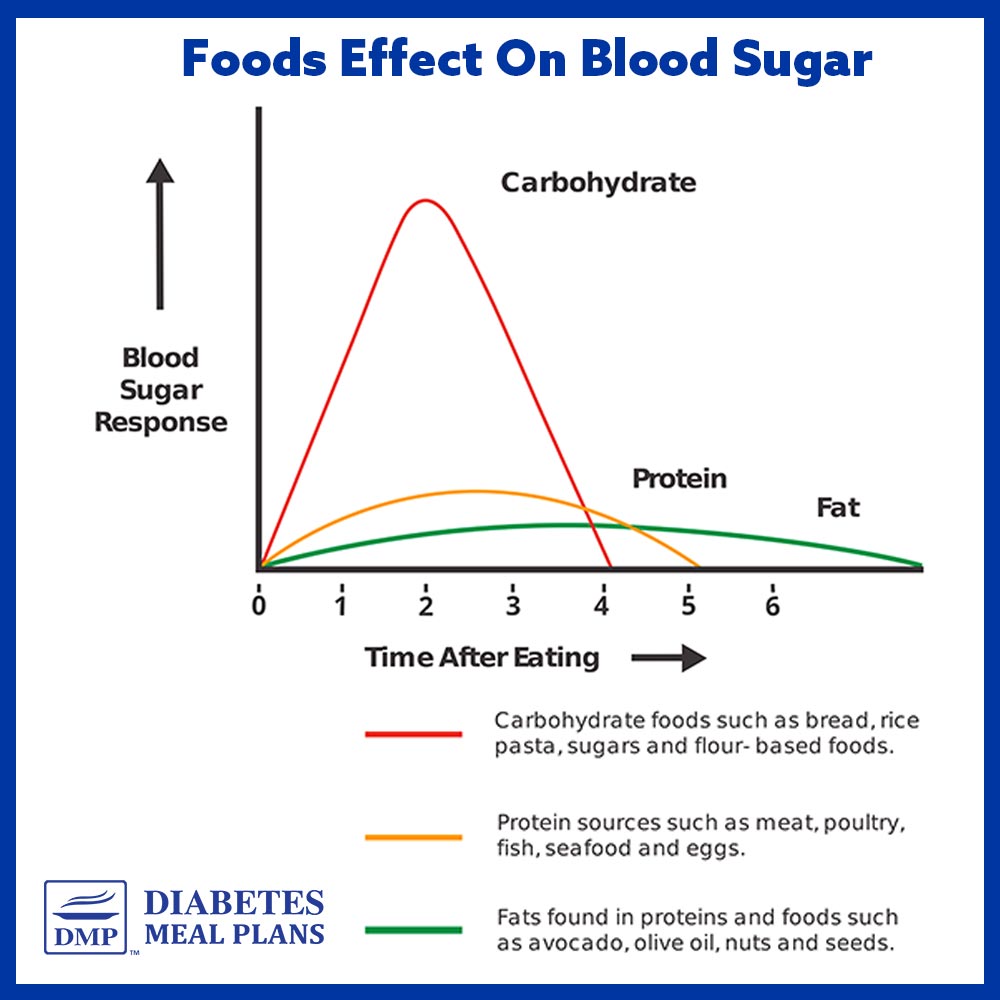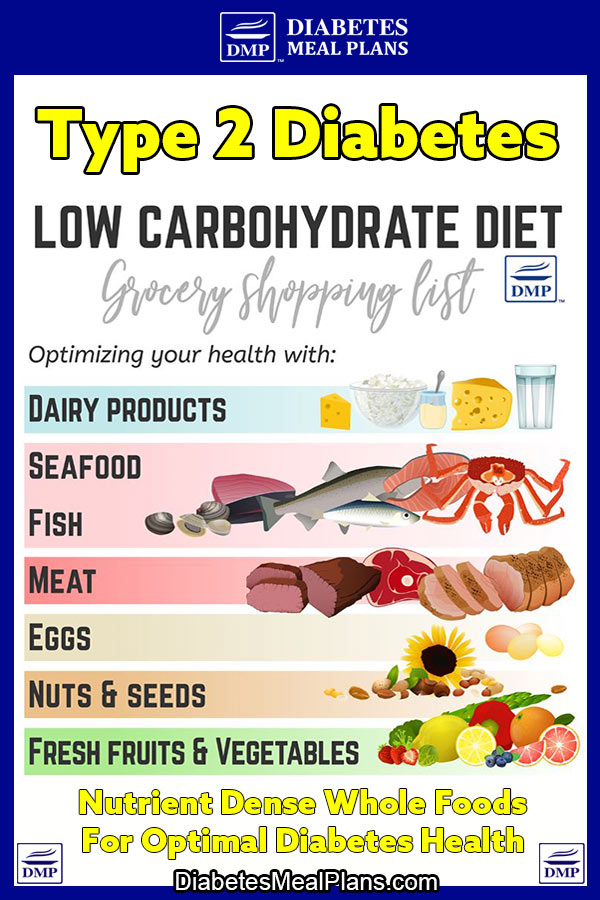Table of Contents[Hide][Show]
Are you wondering what a high blood sugar level looks like? Have you suddenly realized that you have high blood sugar levels and not sure how to bring them down?
Or perhaps you’re experiencing critically high blood sugar levels and not sure if it’s an emergency?
This comprehensive guide will explain everything you need to know about high blood sugar levels, including simple natural strategies that can help lower high blood sugar levels in the short term and help you maintain lowering levels over the long term.

What Is A High Blood Sugar Level?
High blood sugar, also known as hyperglycemia, occurs when there’s an excess of glucose in the bloodstream.
In terms of definitions:
Fasting blood sugar levels—measured after an overnight fast—should be less than 100 mg/dL (less than 5.6 mmol/L) and a level of 110 mg/dL (6.0 mmol/L) is still excellent for people with type 2 diabetes.
| STATUS | Excellent | Good | High | *Very High* |
| mg/dL | 70-99 | 110-130 | 131-180 | >180 |
| mmol/L | 4.0-6.0 | 6.1-7.2 | 7.3-10.0 | >10.0 |
Postprandial (after eating) blood sugar levels for both type 2 diabetes or prediabetes, ideally should be less than 140 mg/dL (less than 7.8 mmol/L) two hours after eating.
| POSTPRANDIAL STATUS | Excellent | Okay | *High* |
| mg/dL | 70-140 | 141-180 | >180 |
| mmol/L | 4.0-7.8 | 7.9-10.0 | >10.0 |
Dangerous High Blood Sugar Levels Chart
Sometimes levels can be dangerously high, so if you’re seeing the following thresholds you may need immediate attention or medical intervention.
| Condition | Blood Sugar Level mg/dL | Blood Sugar Level mmol/L |
|---|---|---|
| Very High Blood Sugar (Hyperglycemia) | ||
| Very High (Immediate attention may be needed) | Over 240 mg/dL | Over 13.3 mmol/L |
| Critically High (Medical attention may be needed, consider going to the ER, especially if levels are abnormally over 300 (16.7) | Over 300 mg/dL | Over 16.7 mmol/L |
| Dangerous Levels (Possible Emergency, go to the ER) | ||
| Hyperosmolar Hyperglycemic State (HHS) | Over 600 mg/dL | Over 33.3 mmol/L |
Key Points:
- Very High Blood Sugar: Levels exceeding 240 mg/dL (13.3 mmol/L) indicate a need for immediate action from you—namely, getting proactive to lower your levels by making changes to your diet (see below), including more exercise, and perhaps adjustments to your medications if necessary.
- Critically High Blood Sugar (consider going to the ER if levels are abnormally at this level): Critically high levels above 300 mg/dL (16.7 mmol/L) may need medical attention, as it can lead to dehydration, fatigue, headaches and other symptoms (see below). A complication of high blood glucose and low insulin can lead to ketoacidosis, which can be life-threatening. Thus, checking for ketones might not be as crucial in type 2 diabetes as it is in type 1, but it’s still worth considering under certain conditions, such as illness. High levels in the 300’s can also significantly increase your risk of type 2 diabetes complications.
- Hyperosmolar Hyperglycemic State (HHS) (go to the ER, this is a possible medical emergency): This is a serious condition that can occur in people with type 2 diabetes at blood sugar levels over 600 mg/dL (33.3 mmol/L). It’s characterized by extreme blood sugar levels, severe dehydration, and an altered state of consciousness. Immediate hospitalization is often necessary to manage HHS.
It’s crucial to monitor your blood sugar levels regularly and be aware of these dangerous thresholds. Immediate medical attention is required if blood sugar levels are critically high to prevent complications.
Symptoms of High Levels of Sugar In The Blood
When blood sugar levels rise significantly, it can lead to various noticeable signs and symptoms.
Here’s an easy-to-understand overview of these symptoms:
- Increased Thirst and Dry Mouth: High blood sugar levels can lead to dehydration, prompting an intense feeling of thirst and a persistently dry mouth.
- Frequent Urination: The body attempts to excrete the excess glucose through urine, leading to more frequent trips to the bathroom.
- Fatigue: Elevated blood sugar levels can result in feeling unusually tired or fatigued, as the body is unable to efficiently use glucose for energy.
- Blurred Vision: High glucose levels can affect the fluid levels in the eyes, leading to temporary changes in vision, such as blurriness.
- Headaches: A common symptom of high blood sugar is headaches, which may vary in intensity.
- Difficulty Concentrating: High blood sugar can impact cognitive functions, making it hard to focus or concentrate.
- Weight Loss (over time): Despite eating more, uncontrolled high blood sugar can lead to weight loss as the body begins to use alternative energy sources like fats.
- Slow Healing Wounds: High blood sugar levels can impair the body’s ability to heal cuts and wounds efficiently.
- Numbness or Tingling in Hands and Feet: Over time, high blood sugar can cause nerve damage, leading to sensations of numbness, tingling, or pain in the extremities.
- Increased Hunger: Even after eating, you might feel hungrier than usual due to the body’s inability to use glucose properly for energy.
It’s important to recognize that these symptoms can vary in intensity and may not be present in all people. If you experience any of these symptoms persistently, please consult with your doctor or healthcare provider.
Early detection and management of high blood sugar can help prevent complications. Plus, it’s important to make adjustments to your diet, lifestyle and medications so you can achieve and maintain a normal blood sugar levels.
Effective Strategies For Lowering High Blood Sugar Levels, Fast
1. Drink water
When your blood sugar is high it becomes very thick, like syrup and gets very sluggish. Drinking water helps to dilute your blood and increases your rate of urination, which helps reduce your sugars.
Drinking water might sound like a weird thing to do and many doctors would raise their eyebrows at this one but this works very well for the majority of people and is the singular best strategy to help bring your high blood sugar levels down. Simple, yet effective.
2. Exercise
Usually water won’t be enough to bring down your high levels on it’s own. You need to do some gentle exercise to help pump the glucose out of the blood stream and into the muscles. The only way to do that is to MOVE!!
Try going for a gentle walk, take the water with you. And if your levels are exceptionally high, it’s always a good idea to take someone on the walk with you (just in case). Alternatively just walk around your yard or even just up and down your hallway.
It doesn’t have to be a fast walk because when blood sugar levels are high you do not want to exert yourself, just get your body moving a bit. Let’s emphasize this again: Do not exert yourself when you have high blood sugar levels.
If you are unable to walk due to pain or for some other reason, just keep drinking water.
3. Have a high protein snack
Eat half an egg, or a tablespoon of natural peanut butter, or a slice of cheese.
Use this strategy if you can: Drink water, go for a gentle walk (5-10 min), have a small snack, and repeat until your sugars come down.
Please note: It is important to consult your doctor if your levels are consistently very high and if they are abnormally above 300 mg/dl (16.6 mmol/l) you should go to the ER. Very high blood glucose can be life threatening.

Strategies To Achieve Healthy Blood Sugar Levels
If you have a consistently high blood sugar level and high A1c you really need to take some action to lower it.
Anything over 140 mg/dl or 7.8 mmol/l for prolonged periods of time is damaging to the body and can lead to complications.
So what can you do?
Use these very effective and proven strategies to lower your levels naturally.
1. Cut The Carbs
The best way to lower your blood sugar is to cut back on your carbohydrate intake, it’s an absolute must!
Carbohydrates are the one food group that has the most significant effect on blood sugar levels.

Less Carbs = Lower Blood Sugar = Lower A1c = Less Medications!
Read this: How many carbs for a diabetic per day
2. Exercise
You must do regular exercise. Try some smart exercise techniques like this:
1. Walk for 5-10 minutes after meals – this is when your blood glucose will increase the most so walking helps move glucose directly out of the blood stream, lowering overall levels.
2. Stand sedentary and do 20-30 squat exercises after each meal. Squats pump one of our biggest muscles, the quadraceps in the legs, and this helps move glucose out of the blood stream and into the muscle cells.
3. Try interval training – interval training burns more fat and is a more efficient way to exercise.
How it works is you do 15-20 minutes. Start with 2 minutes are a moderate warm up level, next increase your level for 1 minute, increase it even more for 1 minute, increase it even more for 1 minute, then reduce back down to moderate level. Continue for 3-4 sets like this. Your level increase might be a faster speed or a steeper incline.
4. Lift weights – this helps build lean muscle mass, improve insulin sensitivity, and improve blood glucose control. Don’t worry, you won’t look like a body builder, it takes hours every day to look like that!
3. Eat Real Food
Focus on eating fresh veggies, small amounts of berries, cheese, meats, eggs, avocado and healthy fats. Eat low carb. Don’t eat any junk, don’t eat sugar, and definitely don’t drink sodas.

Read this: Diabetes Diet Food List
High Blood Sugar Levels Q&A
Is 12 high for blood sugar level?
Yes, 12 mmol/L (216 mg/dL) is considered high and indicates hyperglycemia, especially if measured fasting or before a meal. For example, the highest postprandial (after meal) level should be 10 mmol/L (180 mg/dL).
Is 117 a high blood sugar level?
A level of 117 mg/dL (6.5 mmol/L) is slightly above the normal fasting range but not typically considered high; it’s often seen in prediabetes. For postprandial (after meal), a level of 117 mg/dL (6.5 mmol/L) is in the normal range.
Is blood sugar level of 10 high?
A blood sugar level of 10 mmol/L (180 mg/dL) is on the upper threshold of high for postprandial (after meal) levels. For a fasting measurement, 10 is very high.
Is 123 blood sugar level high?
A level of 123 mg/dL (6.8 mmol/L) is slightly elevated, indicating a potential risk for prediabetes, especially if this is a fasting level. For postprandial (after meal) levels, 123 mg/dL (6.8 mmol/L) is within the normal range.
Is 215 blood sugar level high?
Yes, a postprandial (after meal) blood sugar level of 215 mg/dL (11.9 mmol/L) is considered high. You need to implement some of the diet and lifestyle strategies listed above and work to bring these levels down under 180 mg/dL (10 mmol/L)—a good initial goal; and then work toward bringing your levels down under 140 mg/dL (7.8 mmol/L) to prevent diabetes complications.
Is 298 sugar level high?
Yes, a blood sugar level of 298 mg/dL (16.5 mmol/L) is significantly high and may require medical attention to treat your hyperglycemia and to prevent complications. In addition, you need to adopt the diet and lifestyle strategies listed above to ensure you can keep your blood sugar levels in a healthier range.
Get Help & Support To Lower Levels
For over a decade, we’ve been supporting people to achieve and maintain healthy blood sugar levels— let us help you too. Join Us As A Member Today.


Reno
Good News & Great
JoAnn Patterson
I was diagnosed with pre diabetic last year.i was doing great until i went to my orthopedic doctor yesterday and they gave me shots in both knees and my sugar is higher than normal . today it was 284 and it went from 284 to 184 and i ate and i waited for a while and it was 244 what can i do to get it back to my normal level of 103-116
Emily - Dietitian (MS, RD)
I am going to assume the shots were some form of corticosteroids/prednison? Unfortunately, yes, a major side effect of that class of medication is increased blood sugar. Continue following your low carb diet which will prevent food from further exacerbating your high levels. If you’ve noticed a particular rise in morning blood sugar it may be worthwhile to try some apple cider vinegar and cheese before bed- this helps many of our members with high morning sugar.
Make sure to clarify with your doctor how often he or she expects you’ll need those shots. If this will be a frequent procedure then you may consider speaking with your doctor (endocrinologist) about these concerns and potentially may need to consider medication.
Duke
I’m urinating and my sugar level is 120. The urinating is so discomforting anyone has a suggestion for me
Please someone should please get in touch with me.
Jedha
If a person is not yet diagnosed with type 2 diabetes, frequent urination can be a symptom. However, diabetes does not cause discomforting urination, so you may have an infection or something. You should consult with a doctor.
kit baird
If I eat to many carbs and my blood sugar goes really high over 200, I drink an atkins protein drink with 15 protiens it always brings it down pretty fast.
Jedha
Well glad you found something that works for you Kit. Though overall, it’s better to try to control carb intake so your levels don’t shoot so high!
ginger erfurt
hello, i am new to diabetes and trying to get off meds. i take my blood sugar count after waking in am and before exercising. lately it has been over 120. i then am on the treadmill for 90 minutes and take it again. sometimes it is lower and sometimes it is higher. however i don’t eat breakfast until i have done all these steps…should i eat before the 90 min. routine?
thank you, ginger
Jedha
If you’re new to it all, it will probably take a while for things to level out and your levels to become regular, so don’t stress about variations too much, as long as they are within an acceptable range. You could try a snack, though that’s usually most recommended if levels are 100 or lower. Elizabeth write some great info about exercise over here.
zahid
Hi
– it is really great to learn so many good suggestions and information on blood sugar.
In some note i have read that it is suggested to walk for 5 to 10 minutes after meal. is it applicable for all three major meal and also after taking any sort of food?
cheers/zahid
Jedha
The reason it is suggested to take a gentle walk or do some form of exercise after eating is that it helps utilize the glucose you may eat. Our muscles absorb a lot of the glucose out of the bloodstream, so anytime we eat and do some activity after, it can help.
Sharon
I’ve learned so much about carbs,,thank you,,my diet was a lot of carbs,,until I started to read about them,,thank you again,,m sugars are 6.4 better from 12.4 ..I e also started walking more,,,
Jedha
That’s great news Sharon. See how quickly things can turn around when you change a few simple things. Good for you and keep up the good work. :)